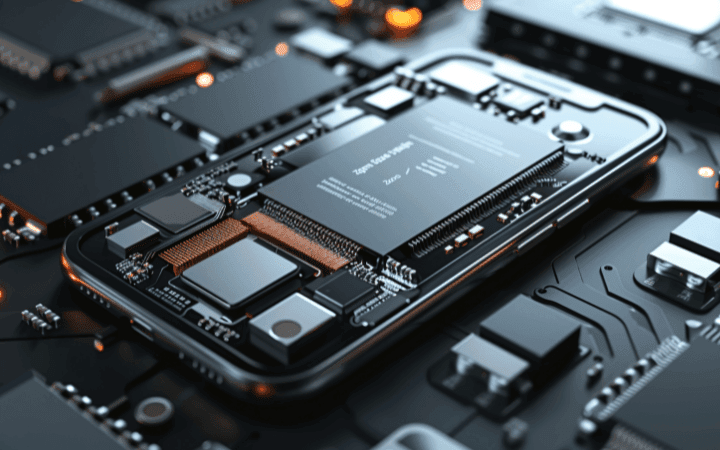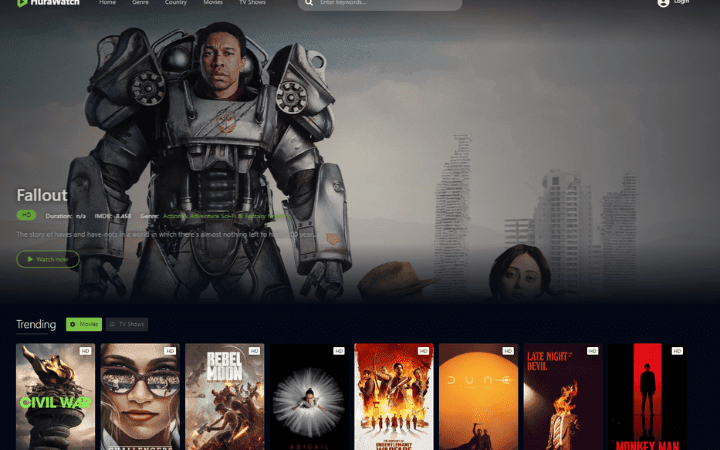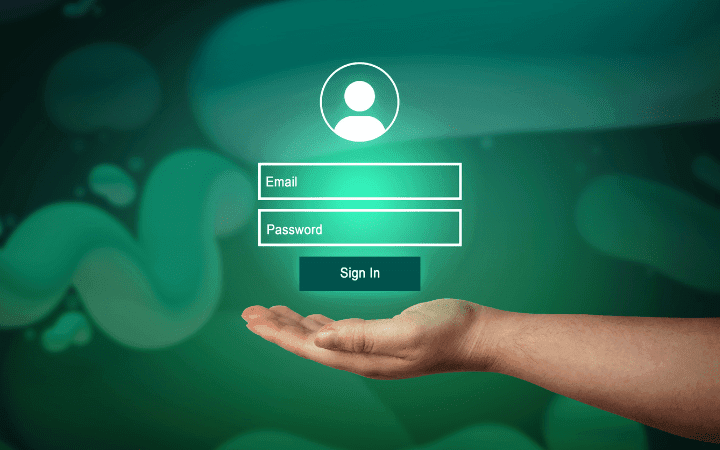AI Examples: A Brief Overview

Introduction: AI examples
Here are some AI examples of services available online that allow users to see first-hand how artificial intelligence algorithms work. Artificial intelligence is already used today in many products and services that we use every day. For example, Google, Microsoft, Apple, and Facebook use machine learning algorithms that are used to continuously improve, for example, the behavior of speech and facial recognition systems.
Digital assistants will increasingly become intelligent systems capable of using information about each user to provide useful information, even anticipating any vocal request. Mechanisms based on the use of artificial intelligence are constantly evolving. They are gradually introduced and updated “behind the scenes” on many commonly used services, regardless of the type of device.
Ridesharing or carpooling service providers like Uber and Lyft, for example, control their fleet precisely with artificial intelligence; Netflix elaborates the suggestions to be offered to each user based on usage histories and those of the entire customer community.
Spam Filters
Users who have entered the world of computing longer will certainly remember that once they were forced to manually train the spam filters of their mail clients to create a model that would allow a program to establish, with reasonable approximation, which emails contained legitimate content and which were just unwanted communications
Even today, learning about spam filters works better than before. Still, the distinction between valid messages and spam is usually made on the provider’s mail servers, often without the user having to intervene. Artificial intelligence can be used in many fields: using a series of “signals,” it is possible to develop mechanisms to assist the work of the police, doctors, financial experts, and investors.
Machine learning, deep learning and neural networks
How to approach this world, we have published some indications on the mathematical approach that is used to manage problems, also explaining that the so-called ” classifiers ” are elements capable of understanding, for example, images and therefore also reality starting from the characteristics of the data sets examined.
An artificial neural network can be thought of as a function that learns the expected output in the face of a certain set of input data (input) during the training phase and the composition of the related model. Microsoft, for example, has programmed a neural network to estimate the age of the people depicted in the images. Using the How Old site, released several years ago and therefore no longer sufficiently optimized for today’s standards, it is possible to try the application using the photos already provided and upload your own.
Microsoft Artificial Intelligence
Microsoft artificial intelligence is able not only to estimate age but also to recognize emotions. For this purpose, a Microsoft demonstration website is also available, which can be reached at this address. A value between 0 and 1 is also generated for the emotions of anger, contempt, contempt, disgust, fear, happiness, neutrality, sadness, and surprise, which correspond to an estimate of how much of the respective emotion the AI has detected in the photo.
The underlying technology of How Old has been made available to users of the Azure cloud platform (see this page ) within the cognitive services we talked about: Smarter applications with Azure Cognitive Services and Bot Framework. For example, IBM Watson can try to determine what a person in a photo is doing, whether the photo was taken indoors or outdoors, and what type of area or room it might be.
With Presto, Draw!
It is possible to test, with a playful approach, the behavior of a neural network trained to recognize user drawings and, at the same time, train the model. The artificial intelligence tries to guess the object contained in each user’s doodle. The drawing will be captured to improve the model’s effectiveness if it is reasonably certain.
The evolution is called AutoDraw (see AutoDraw, Google’s artificial intelligence recognizes drawings ), a web application that uses a machine learning algorithm to “understand” what the user has drawn and shows a series of icons corresponding to his “sketch.” Using only the web browser, it is possible to exploit artificial intelligence’s abilities to produce creations inspired by art masterpieces. Using a particular technique, an application like Depart allows you to apply a particular painter’s technique to any photo you upload online.
NVidia has presented a similar solution
The Gaughan neural network allows you to generate almost photorealistic landscapes starting from rough sketches automatically. Using the editor, users can paint just the outlines of a landscape and get a beautiful painting with just one click. Artificial intelligence can also create static images depicting, for example, people’s faces.
This website asks the user to establish which images of (non-existent) people have been generated by artificial intelligence and which are real. For some time now, however, the so-called deep lakes have also been depopulating in Italy, i.e., fake videos made from photos (or filmed sequences) depicting any subject.
Deepfake
what it is, how it works, and why it’s scary, by training the model used by artificial intelligence, it is possible to replace a person’s face with that of another subject with all the consequences that may arise. An application like FakeApp, born in early 2018, uses an artificial neural network, a GPU, and three to four gigabytes of storage space to generate fake or deep fake videos.
Even more capable and performing software are DeepFaceLab (see the official page on GitHub ) and Face Swap. The video will be all the more realistic and unrecognizable as fake, at least at first glance, the larger the dataset used to train the model. To celebrate the 334th anniversary of the birth of Johann Sebastian Bach, Google published a very special doodle in March 2019: an interactive application (still available today at this address ) that allowed users to compose melodies in the style of the German master.
Presented as the first doodle in the history of the Mountain View company based on artificial intelligence, the application offers the opportunity to create harmony independently. Using over 300 compositions by Bach, artificial intelligence creates a melody in the perfect style of the musician.
Infinite Drum Machine
The experiment called The Infinite Drum Machine is beautiful, a cloud of boundless dimensions from which it is possible to draw to generate arpeggios or drum bases starting from a vast selection of “voices,” most of them coming from sounds and noises with which one has what to do in everyday life.
Unlike other AI examples and solutions, sounds are classified and sorted by acoustic similarity Unlike almost all other current AI examples and applications, Deep Learning is not a special feature; the matrix is sorted by acoustic similarity using this method.
Music lovers will be impressed by Mubert, an application for Android and iOS devices, which allows you to generate an infinite musical flow (house, ambient, techno, chill, hip-hop,…) in real-time: these are compositions that are produced each time uniquely AI examples and which are therefore different for each user.
Read Also: Identikit Of Digital Talents: How To Identify And Develop Skills






